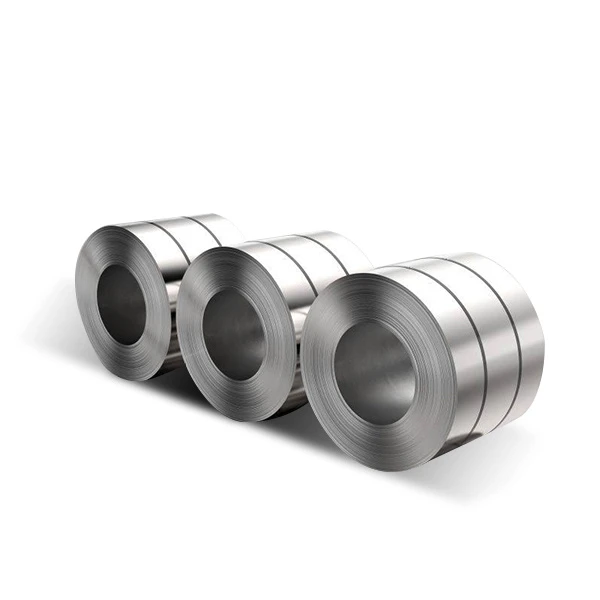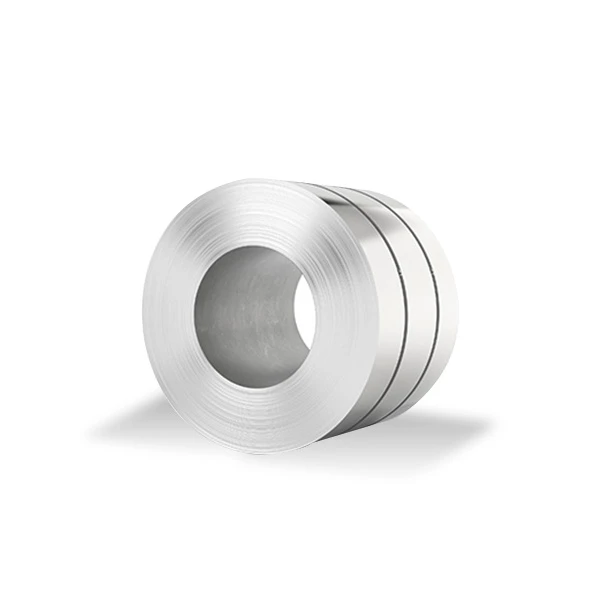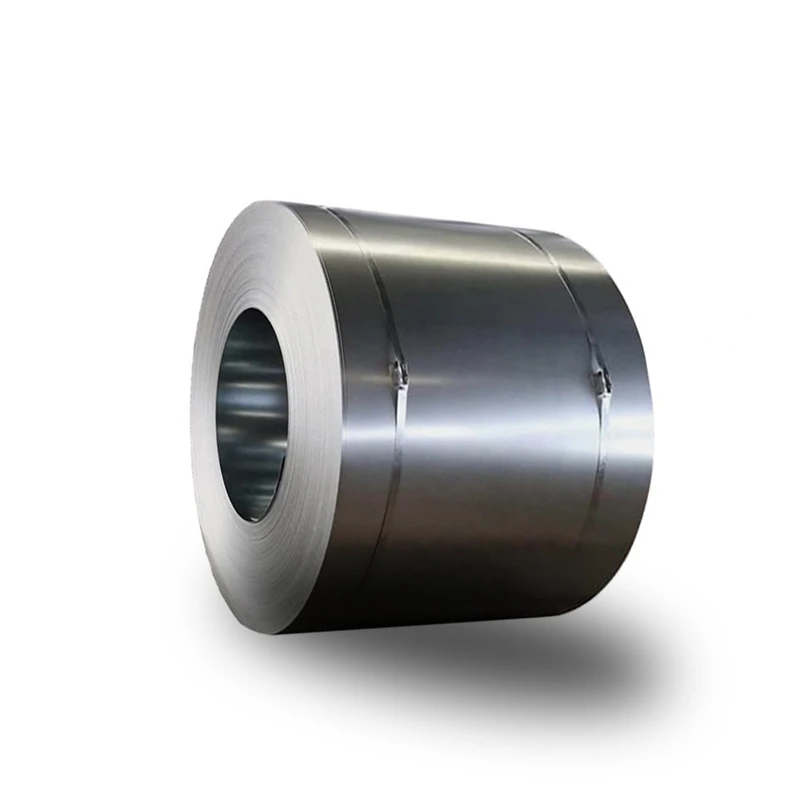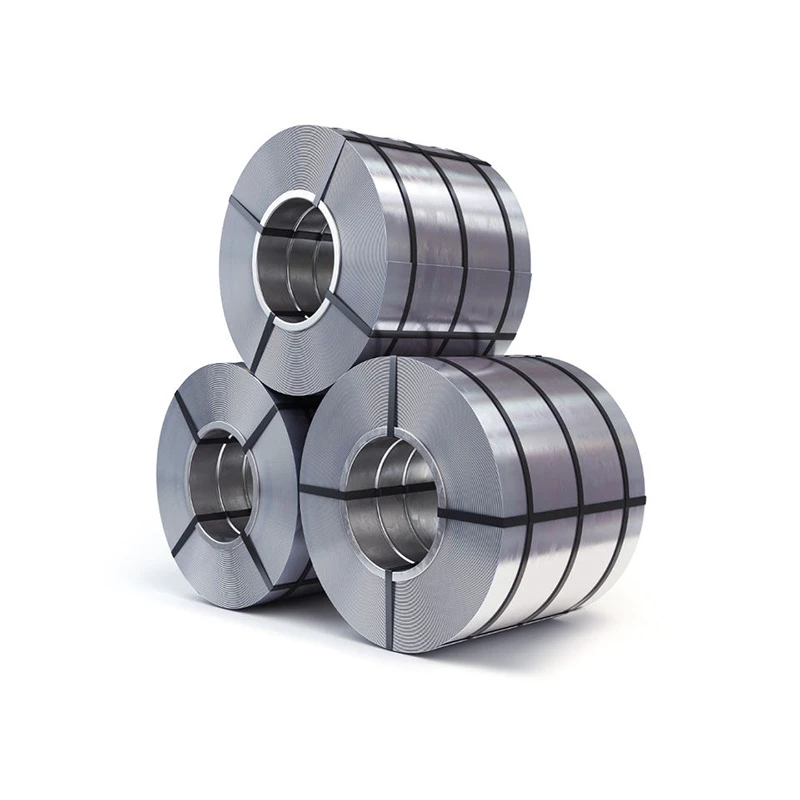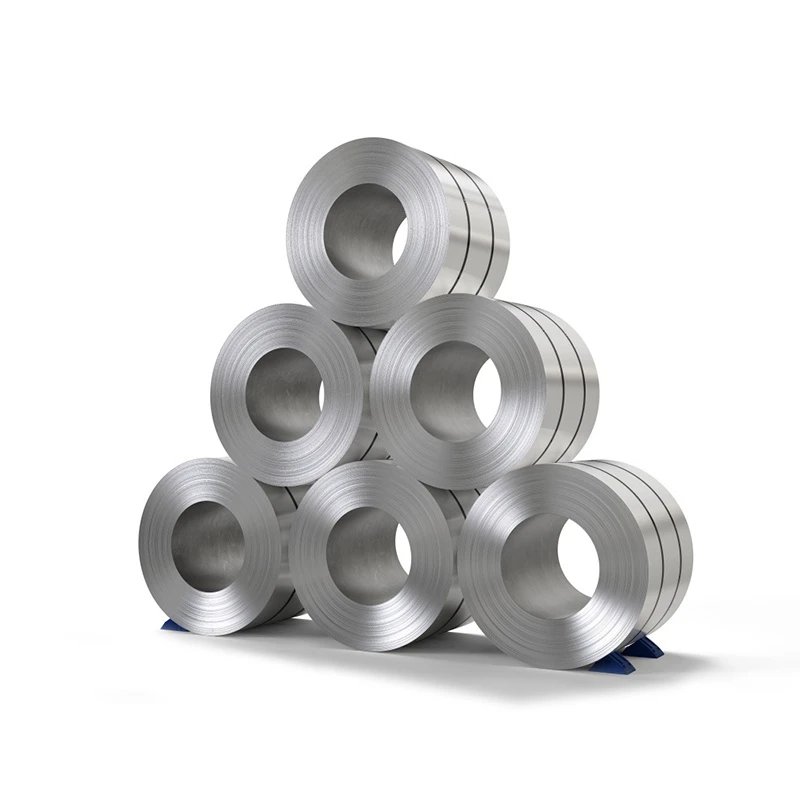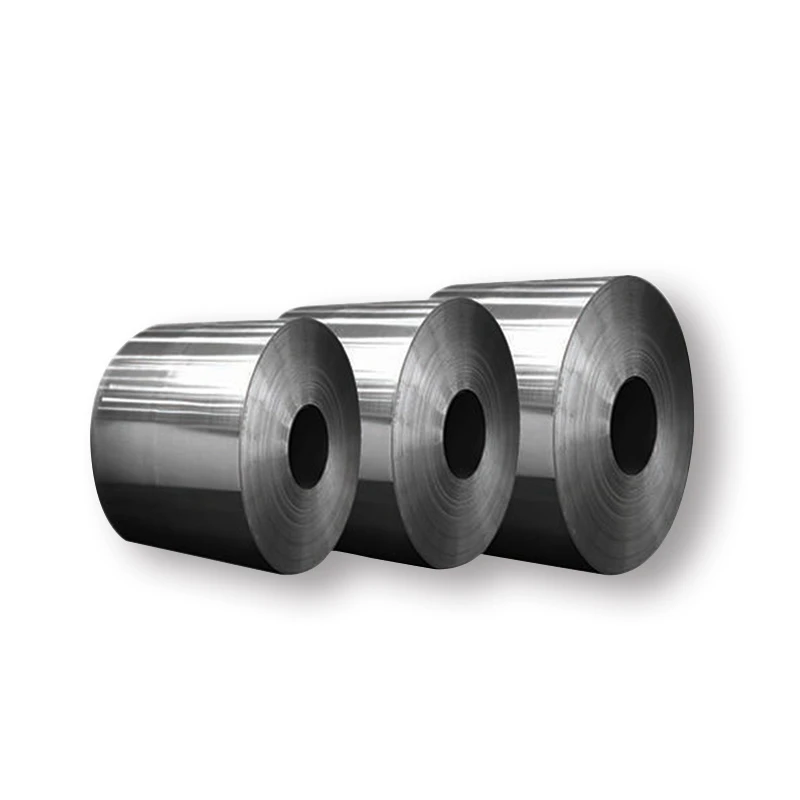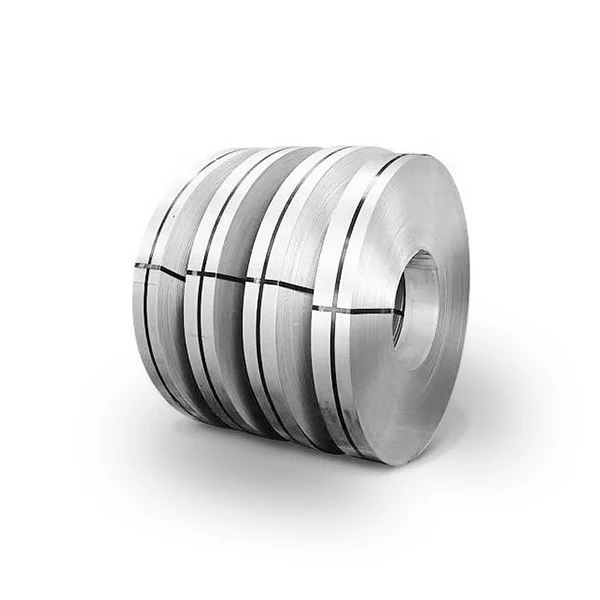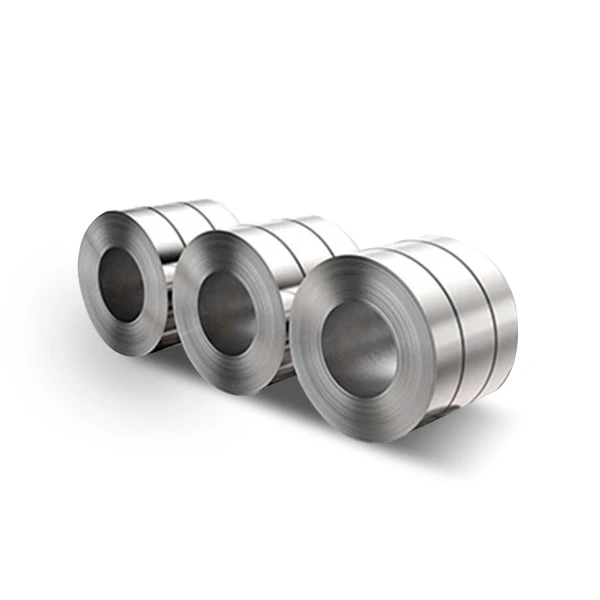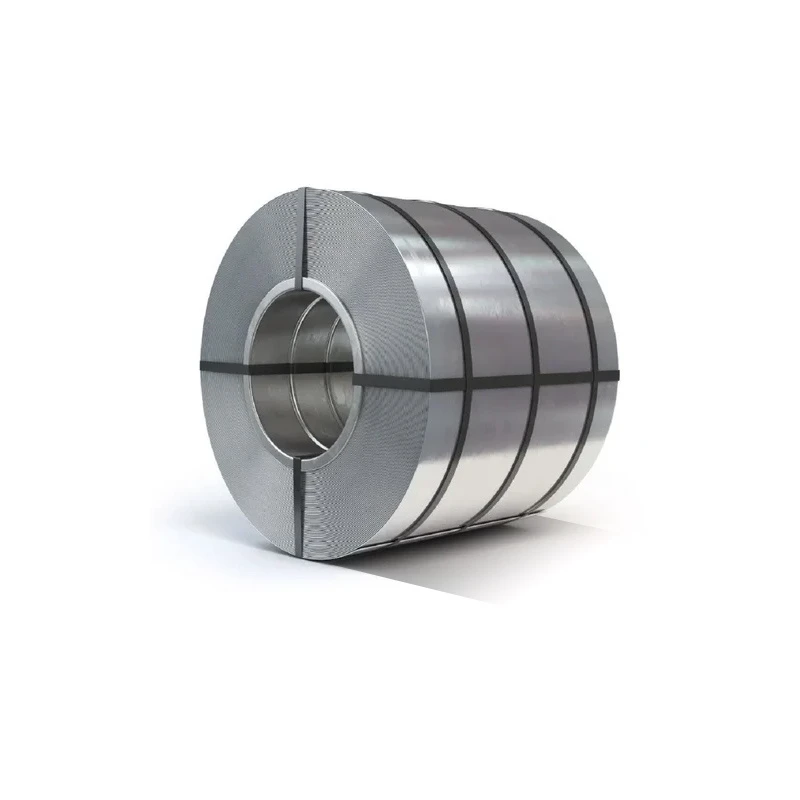
CATEGORIES
FEATURED PRODUCTS
440C Stainless Steel Coil
We offer this product and related grades with 100% factory direct pricing and free quotes available within 24 hours.
APPLICATION SCENARIOS

OUR ADVANTAGE

Certificate of Honor

PARTNER

Our Factory

440C Stainless Steel (UNS S44004) is a high-carbon martensitic stainless steel with a chromium content typically ranging from 16% to 18% and, most importantly, a carbon content of 0.95% to 1.20%. This high carbon content, combined with chromium, allows 440C to achieve the highest hardness among all stainless steel grades after proper heat treatment (quenching and tempering). This extreme hardness provides exceptional wear resistance and the ability to maintain a very sharp edge, making it ideal for cutting tools and bearings. While it is a stainless steel, its corrosion resistance is moderate compared to austenitic grades like 304 or 316, and it performs best in mild atmospheres and fresh water. 440C stainless steel is magnetic in all conditions.
Key Properties of 440C Stainless Steel
The defining characteristic of 440C is its ability to achieve extreme hardness through heat treatment, which then confers its excellent wear resistance.
Exceptional Hardness and Wear Resistance
- Highest Hardenability: 440C stainless steel can be heat treated (quenched and tempered) to achieve the highest hardness levels of all stainless steels, typically reaching HRC 58-60, and in some cases even higher.
- Superior Wear Resistance: This extreme hardness directly translates to outstanding wear resistance. It can withstand abrasive and erosive conditions much better than softer stainless steels, making it ideal for parts subjected to high friction or requiring long-term durability.
- Edge Retention: Its high hardness also means 440C has excellent edge retention, making it a preferred material for high-quality knives and cutting tools.
Moderate Corrosion Resistance
- Good in Mild Environments: 440C provides good corrosion resistance in mild atmospheric conditions, fresh water, and many mild chemical environments. Its high chromium content helps form a passive layer.
- Optimal When Polished: Maximum corrosion resistance is achieved when the material is in a hardened, tempered, and polished condition. A smooth surface finish reduces sites for corrosion initiation.
- Limitations: Due to its martensitic structure and high carbon content (which forms chromium carbides), 440C is less corrosion resistant than austenitic grades like 304 or 316. It is susceptible to pitting and crevice corrosion in chloride-rich environments (e.g., saltwater), strong acids, or reducing conditions.
Mechanical Properties
- High Strength: In its hardened and tempered state, 440C possesses very high tensile and yield strengths.
- Limited Ductility/Formability: In its hardened condition, 440C has low ductility and is brittle. Therefore, complex forming operations are usually performed in the annealed condition, and then the material is hardened. It is generally not used for applications requiring significant cold deformation.
- Magnetic: Like all martensitic stainless steels, 440C is magnetic in all conditions (annealed, hardened, and tempered).
Heat Resistance
- Oxidation Resistance: 440C offers good resistance to oxidation up to approximately 650°C (1200°F). However, tempering temperatures above 400°C (750°F) should generally be avoided, as this can lead to a significant decrease in hardness and corrosion resistance due to secondary hardening or temper embrittlement effects.
Machinability and Weldability
- Machinability: In its annealed condition, 440C has reasonable machinability, but it is difficult to machine in its hardened state due to its extreme hardness.
- Weldability: 440C has poor weldability due to its high carbon content, which makes it prone to cracking in the weld and heat-affected zones. Welding of 440C is generally discouraged for critical applications. If absolutely necessary, extensive preheating and post-weld heat treatment (including a full anneal, hardening, and tempering) are required.
Detailed Specifications: Dimensions and Parameters
440C Stainless Steel Coil is produced to stringent quality standards, often conforming to ASTM A240/A240M, ASTM A276, and other relevant specifications for martensitic stainless steels, particularly for its intended end-use in cutting tools and bearings.
| Parameter | Standard Range |
| Thickness | 0.1mm – 6mm (0.004 in – 0.236 in) |
| Width | 1000mm – 2000mm (39.37 in – 78.74 in) |
| Length | Coil form (continuous length) |
| Surface Finish | 2B, No.1, Mill Finish (often further processed by user) |
| Temper | Annealed, Hardened & Tempered (various levels) |
| Edge Condition | Mill Edge, Slit Edge |
| Standard | ASTM A240/A240M, ASTM A276, AMS 5707 |
Note: The availability of specific thicknesses, widths, and tempers may vary greatly depending on the supplier and manufacturing capabilities, given its specialized nature.
Chemical Composition of 440C Stainless Steel
The precise chemical composition of 440C stainless steel, especially its high carbon and chromium levels, enables its exceptional hardness.
| Element | Weight Percentage (%) |
| Carbon (C) | 0.95 – 1.20 |
| Silicon (Si) | ≤1.00 |
| Manganese (Mn) | ≤1.00 |
| Phosphorus (P) | ≤0.040 |
| Sulfur (S) | ≤0.030 |
| Chromium (Cr) | 16.0 – 18.0 |
| Molybdenum (Mo) | ≤0.75 |
| Iron (Fe) | Balance |
The high Carbon content (0.95-1.20%) is the defining characteristic that allows for its extreme hardness.
440C Stainless Steel vs. Other Stainless Steel Grades: A Comparative Look
Comparing 440C to other stainless steel grades highlights its specialized role for extreme hardness and wear resistance.
| Feature | 440C | 410 | 304 | 420 |
| Stainless Steel Family | Martensitic | Martensitic | Austenitic | Martensitic |
| Hardenability | Highest (HRC 58-60+) | High (HRC 39-44) | None | Very High (HRC 50-55) |
| Primary Advantage | Extreme Hardness, Wear Resistance, Edge Retention | Good strength, hardness, wear, moderate corrosion | General purpose, excellent corrosion, weldability | High hardness, good corrosion, takes good edge |
| Carbon Content | Very High (0.95-1.20%) | Low (0.08-0.15%) | Very Low (0.08% max) | High (0.15% min) |
| Corrosion Resistance (General) | Moderate (best when polished) | Moderate (best when polished) | Excellent | Moderate (best when polished) |
| Ductility/Formability | Very Low (in hardened state) | Moderate | Excellent | Low (in hardened state) |
| Weldability | Poor | Good (with pre/post-heat) | Excellent | Poor |
| Cost | High | Moderate | Low | Moderate to High |
| Typical Use | Knife blades, bearings, surgical instruments, cutting tools | Cutlery, tools, turbine blades, fasteners | Kitchen sinks, appliances, general fabrication | Knife blades, scissors, surgical instruments |
440C is chosen when the primary requirement is exceptional hardness and wear resistance for cutting, slicing, or bearing applications, often prioritizing these properties over maximum corrosion resistance or ease of fabrication.
Key Industries and Applications for 440C Stainless Steel Coil
The unique properties of 440C Stainless Steel Coil make it indispensable in industries demanding extreme durability and cutting performance.
| Industry | Typical Applications |
| Cutlery & Knives | High-end knife blades (e.g., hunting, tactical, chef knives), surgical blades, industrial cutting tools (where edge retention is paramount). |
| Bearings | Ball bearings, roller bearings, bearing races, bushings (for applications requiring high hardness, wear resistance, and some corrosion resistance). |
| Surgical & Dental Instruments | Scalpels, scissors, dental tools, and other instruments requiring a sharp, durable edge and sterilization capability. |
| Tooling & Dies | Certain molds, dies, and tooling components where extreme wear resistance is critical. |
| Pumps & Valves | Valve seats, pump shafts, and other components requiring high hardness and wear resistance in moderately corrosive fluids. |
| Measuring Instruments | Precision measuring devices and gauges where surface hardness and wear resistance are essential for accuracy. |
Global Price Overview: 440C Stainless Steel Coil
The price of 440C Stainless Steel Coil is generally at the higher end of the stainless steel spectrum, often more expensive than 304, 316, and even 410, due to its high carbon content, specific alloying requirements, and the precise heat treatment involved in its production. Pricing is influenced by global demand, the cost of its raw materials (chromium, iron, high carbon), energy prices, and the specialized nature of its manufacturing. The figures below are illustrative and subject to significant market fluctuations. For the most accurate and current pricing, please contact us directly.
| Region / Factor | Price Range (USD per Metric Ton) – Illustrative | Notes |
| Asia | $4,000 – $8,000 | Prices vary based on producer, purity, and specific heat treatment condition. |
| Europe | $4,500 – $9,000 | Reflects high quality standards, advanced manufacturing, and stricter material specifications. |
| North America | $5,000 – $10,000 | Influenced by domestic demand, import dynamics, and the critical performance of its applications. |
| Raw Material Cost (Chromium, Carbon) | High Impact | Fluctuations in these commodity markets are significant cost drivers. |
| Order Volume | Discounts for Bulk | Larger purchase quantities may receive more favorable per-unit pricing. |
| Form & Heat Treatment | Varies Significantly | Final heat-treated condition (e.g., hardened bar) will be significantly more expensive than annealed coil. |
Disclaimer: These are approximate price ranges and should not be considered as definitive quotes. For precise pricing and lead times, please reach out to our sales team.
Frequently Asked Questions (FAQs)
Here are answers to some of the most common questions about 440C Stainless Steel Coil.
Q1: What is the primary advantage of 440C stainless steel?
A1: The primary advantage of 440C stainless steel is its exceptionally high hardness (achieved after heat treatment) and, consequently, its outstanding wear resistance and ability to hold a very sharp edge. It is the hardest of all standard stainless steel grades.
Q2: Is 440C stainless steel magnetic?
A2: Yes, 440C stainless steel is magnetic in all conditions (annealed, hardened, and tempered). This is a characteristic of all martensitic stainless steels.
Q3: How does the corrosion resistance of 440C compare to other stainless steels like 304 or 316?
A3: 440C has moderate corrosion resistance, significantly lower than austenitic grades like 304 or 316. While its high chromium content provides some resistance in mild environments, it is susceptible to pitting and crevice corrosion in chloride-rich environments (e.g., saltwater), strong acids, or reducing conditions. Its corrosion resistance is best when hardened and highly polished.
Q4: Can 440C stainless steel be easily welded or formed?
A4: No, 440C stainless steel has poor weldability due to its high carbon content, which makes it very prone to cracking. Welding is generally discouraged for critical applications. Similarly, it has very limited ductility and formability in its hardened state, so forming operations are typically done in the annealed condition before hardening.
Q5: What are common applications for 440C stainless steel?
A5: 440C stainless steel is commonly used in applications requiring extreme hardness, wear resistance, and good edge retention. Key applications include high-end knife blades, ball bearings, roller bearings, surgical instruments, and industrial cutting tools.







